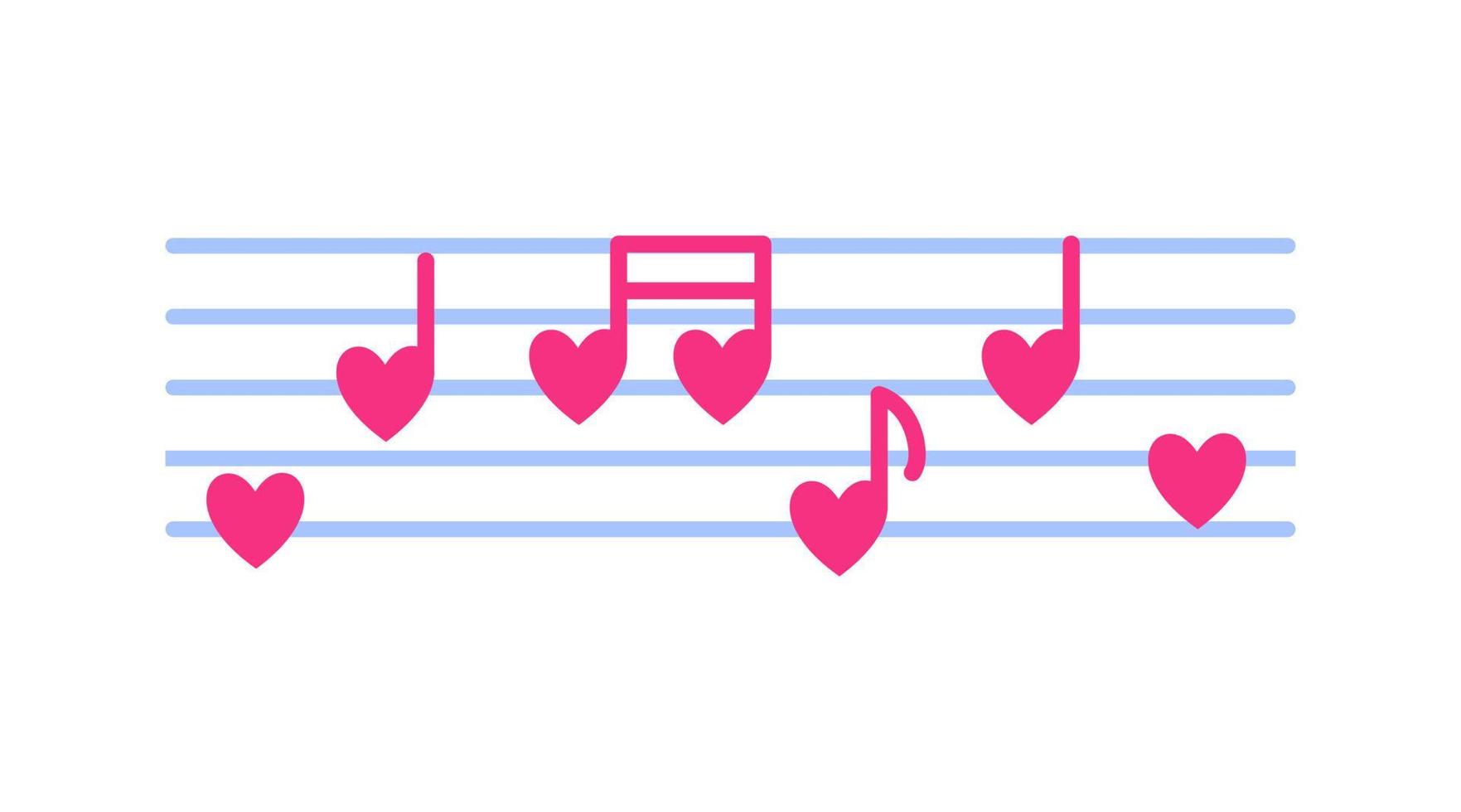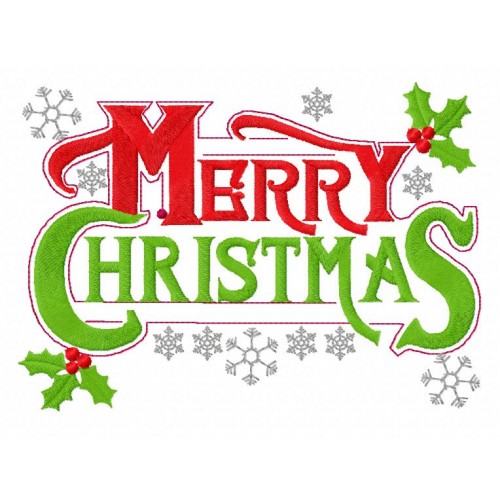Welcome to our forum. A Message To Our New and Prospective Members . Check out our Forum Rules. Lets keep this forum an enjoyable place to visit.
Currently working on errors from the latest (SimplePress) forum update. Many issues have been resoled and others are being worked on. Thank you for your patience.
 Topic RSS
Topic RSS



 (7 votes)
(7 votes) Regulars
 Offline
Offline








Since I've never been a member of a Choir, I was unaware this notation existed!
Wikipedia -
Shape notes are a musical notation designed to facilitate congregational and social singing. The notation, introduced in late 18th century England, became a popular teaching device in American singing schools. Shapes were added to the noteheads in written music to help singers find pitches within major and minor scales without the use of more complex information found in key signatures on the staff.
Shape notes of various kinds have been used for over two centuries in a variety of music traditions, mostly sacred music but also secular, originating in New England, practiced primarily in the Southern United States for many years, and now experiencing a renaissance in other locations as well.
More about shape notes:

Anyone find these useful?
Could they benefit musicians as well?
- Emily
Regulars







I have sung in choirs, and was aware of shape notes, but I've never used them. I don't think they're especially useful outside of the purpose they were originally developed for: namely, getting large groups of untrained singers to recognize degrees of the scale so as to be able to sing without having to understand key signatures.
If you can read standard music notation and key signatures, there's no need for shape notes. And if the music modulates at all, shape notes are unusable.
Regulars
 Offline
Offline








Regulars
 Offline
Offline






i dont know why but since ive become aware of shape note singing ive associated it with a type of old timey mountain Church singing. probably a documentary or youtube ive seen since started violin. I think my first impression was if i had to learn the pitch of a shape...why not just put that energy into learning the notes.. but figured I was missing something about the subject. I think I liked the music more in that/those videos alot though. seemed very modal sounding.
Regulars
 Offline
Offline








Regulars
 Offline
Offline






Regulars







It's mostly associated with that style because of geography; shape notes were used much more in Appalachia than anywhere else. It's not modal music, but has some of the same features as medieval and early Renaissance church music such as the frequent use of bare fifths and parallel fifths, which is why it might remind one of modal music.
Regulars
 Offline
Offline






Regulars
 Offline
Offline









@ABitRusty -
This is great - wish I would've watched this one 1st. (lol)
I don't see where shape notes are easy to learn.
Actually they were singing solfège at one point, which would be as hard for me to do as sing the names of the notes! In other words, I can sing the solfège scale in ascending & descending order, but can't mix them up.
I'm not to where I can sing a note and definitively say what that note is (without looking at some kind of notation) - only whether the pitch is higher or lower than the previous pitch.
I've previously gotten some books for the Grandkids that color code the notes for notation and supply the corresponding color stickers to use on the keyboard and other instruments.
...so far, the 'color-coding' (along with note name) seems to be the best for them.
- Emily
Regulars
 Offline
Offline






Regulars
 Offline
Offline




Master the Frog and you have mastered the bow.
Albert Sammons
Regulars







ABitRusty said
@AndrewH by this time I should probably know the answer to the following but I dont.. so when I play the root note and also play the note 5 notes up the scale....say a C and a G... is that a bare or parallel? is a perfect 5th used interchangeably with either one?
Bare fifth. When I say "bare fifth" I mean a chord that omits the third degree of the scale.
Parallel fifths can occur in any chord progression. It's where two voices that are a perfect 5th apart in one chord move the same way in the next chord so that they are still a perfect 5th apart. In the classical world, parallel fifths are viewed as something to be avoided, but they were common in the medieval era and early Renaissance, and they are used in many folk traditions.
Regulars
 Offline
Offline






Regulars
 Offline
Offline









@AndrewH -
I didn't know what 'Bare Fifths' or 'Parallel Fifths' were, either - but, wouldn't 'Parallel Fifths' actually be 'Bare Fifths'?
@Mark -
That was hilarious! I think I could memorize a shape note song once I heard it enough.
Fun example - Thanks!

Btw, were you aware there are two 'Mark' user names that show up in the drop-down box? I always have to make sure I use the right one.
- Emily
1 Guest(s)


 Log In
Log In Register
Register
















